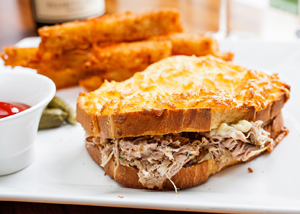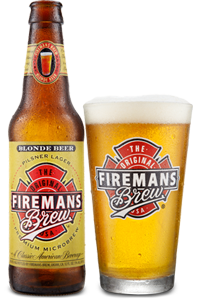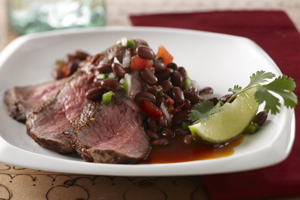Fusion 3.0, Casualization and Salt!
Thursday, 31 January 2013 13:50
 Among menu trends this year, Kraft Foodservice chefs predict that “Food Nationalism” will take root with diners. And 2013 will be the year of the pretzel.
Among menu trends this year, Kraft Foodservice chefs predict that “Food Nationalism” will take root with diners. And 2013 will be the year of the pretzel.
Trend analysis for 2013! What’s on the horizon? Kraft Foodservice’s team of chefs weighs in, giving thoughtful analysis on today’s most accessible trends. See the entire write-up at http://bit.ly/V1mGO6. “Like” Kraft Foodservice at www.facebook.com/KraftFoodservice.
1. Customization and Food as Experience Merge
Customization and food as experience are two mega trends that are now walking in step with each other. And diners are eating it up.

 Unlike its domestic and imported-beer counterparts, craft beer has been able to defy overall beer market trends and continue expansion during the economic downturn and subsequent slow recovery. Who’s drinking the most craft beer? Older Millennials.
Unlike its domestic and imported-beer counterparts, craft beer has been able to defy overall beer market trends and continue expansion during the economic downturn and subsequent slow recovery. Who’s drinking the most craft beer? Older Millennials. John Dewey taught us that we do not learn from experience, but from
John Dewey taught us that we do not learn from experience, but from  Chef Weiner offers a solid primer to print out and provide to students, ensuring they’ll understand a recipe fully and be on the look-out for pitfalls before they begin to gather their mise en place.
Chef Weiner offers a solid primer to print out and provide to students, ensuring they’ll understand a recipe fully and be on the look-out for pitfalls before they begin to gather their mise en place. New resources, recipes and menu ideas are available online for students’ use, to teach them to understand how to help consumers make informed food choices—not only during National Nutrition Month in March, but all year long.
New resources, recipes and menu ideas are available online for students’ use, to teach them to understand how to help consumers make informed food choices—not only during National Nutrition Month in March, but all year long.